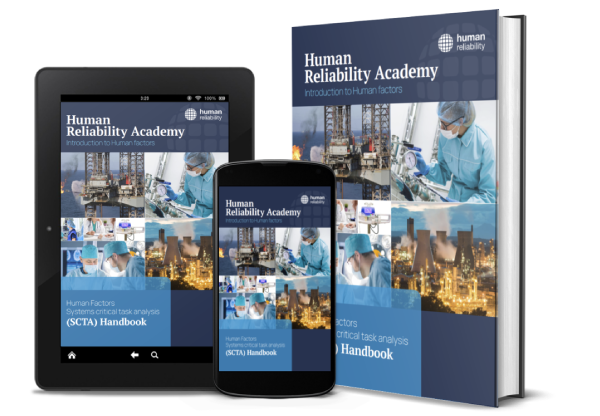Human Factors for Biological Containment Labs
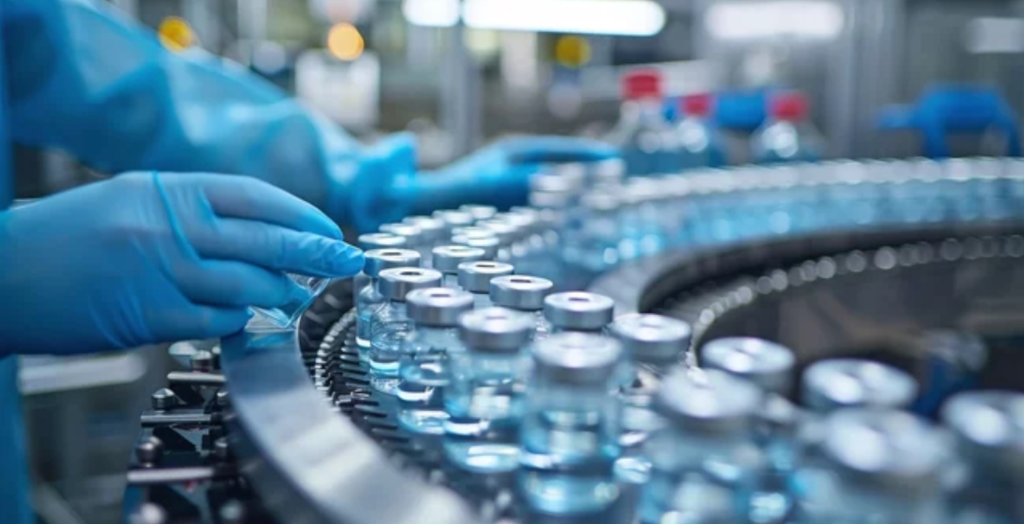
Biological containment labs handle some of the most dangerous pathogens, yet human error remains a critical risk factor in their operations.
On Crafting Effective and Safe Procedures

In safety-critical industries, having a procedure isn’t enough—it needs to be both accurate and user-friendly. A well-crafted procedure can enhance safety, reduce risks, and streamline operations, but only if it’s easy to follow and understand.
Failure Modes and Mechanisms in Safety Critical Task Analysis (SCTA)

In the realm of safety critical tasks industries, identifying both failure modes and mechanisms is essential for effective risk management and performance improvement. We dive into this crucial topic, exploring how failure modes and failure mechanisms impact human performance.
Human Factors GATEWAY Approach: Leveraging SCTA Outputs to Identify HF Issues in Related Tasks

This blog introduces the Human Factors GATEWAY (Generic Audit Tool Exercise to Widen and Accelerate Yield) approach. This extends Safety Critical Task Analysis (SCTA) insights from one task to similar critical tasks across multiple sites or work areas.
SYSTEMS Critical Task Analysis (SCTA): A Case Study for Quality Improvement (QI)
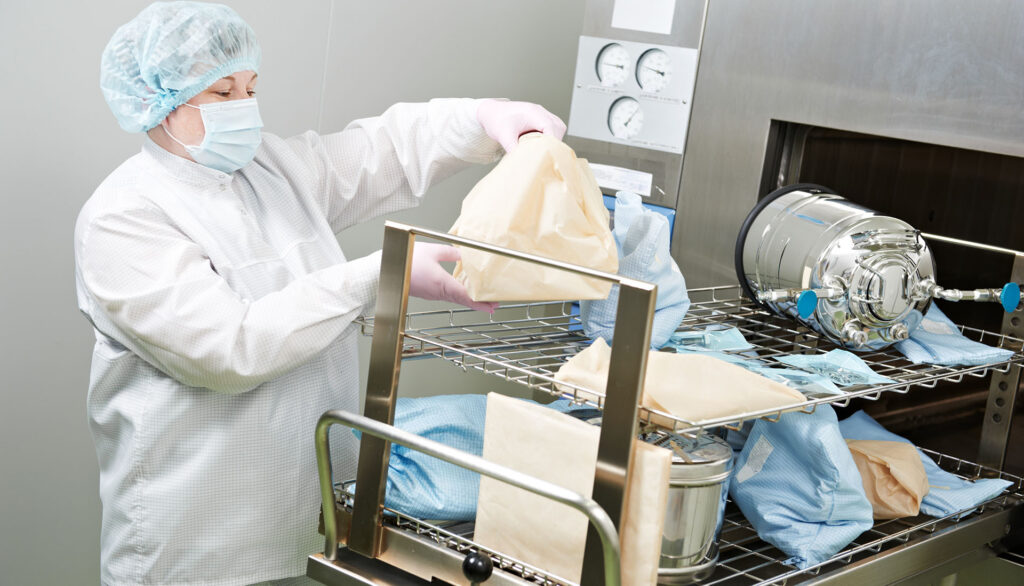
This is our latest blog post on SYSTEMS Critical Task Analysis (SCTA) and how it can enhance Quality Improvement (QI). With over 15 years in human factors across diverse sectors, I’ve seen firsthand how SCTA can elevate human performance in complex environments.
SCTA Workflow: Where the rubber hits the Human Factors Roadmap

Following her last blog, Lydea shows how the SCTA process can be used as a way to implement the HF Roadmap in practice
Critical Competences: SCTA & risk-informed competence standards
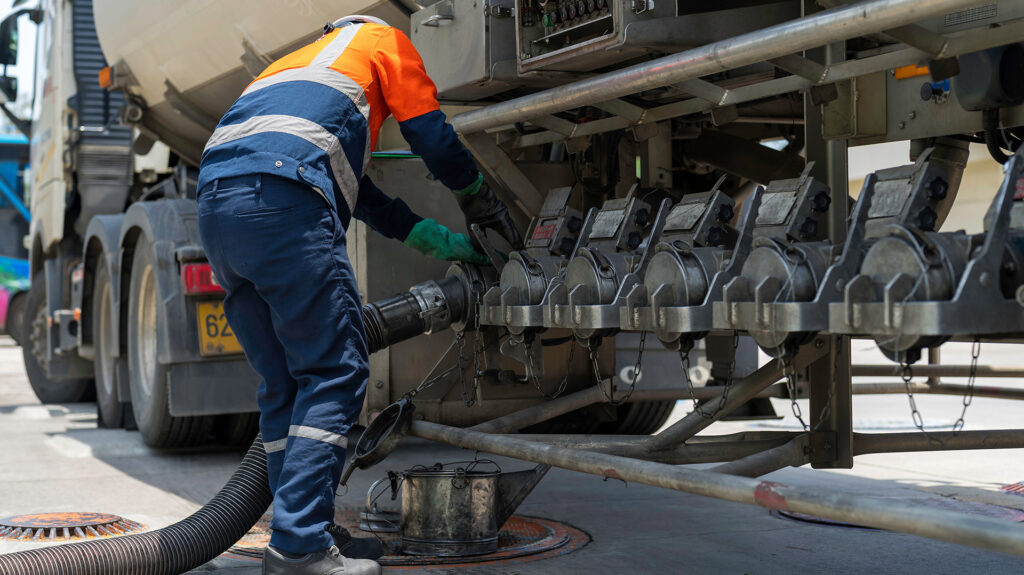
Safety Critical Task Analysis (SCTA) is a well-established process in the UK onshore and offshore petrochemical and oil and gas sectors. It is a systematic process for the assessment and management of human failure.
In Praise of Positive PIFs (Performance Influencing Factors) in Human Factors Risk Assessments

Performance Influencing Factors (PIFs) are factors that can increase or decrease the likelihood of human error occurring. Negative PIFs increase the likelihood of error; positive PIFs decrease the likelihood of error.
Navigating the Human Factors Roadmap: Part 1
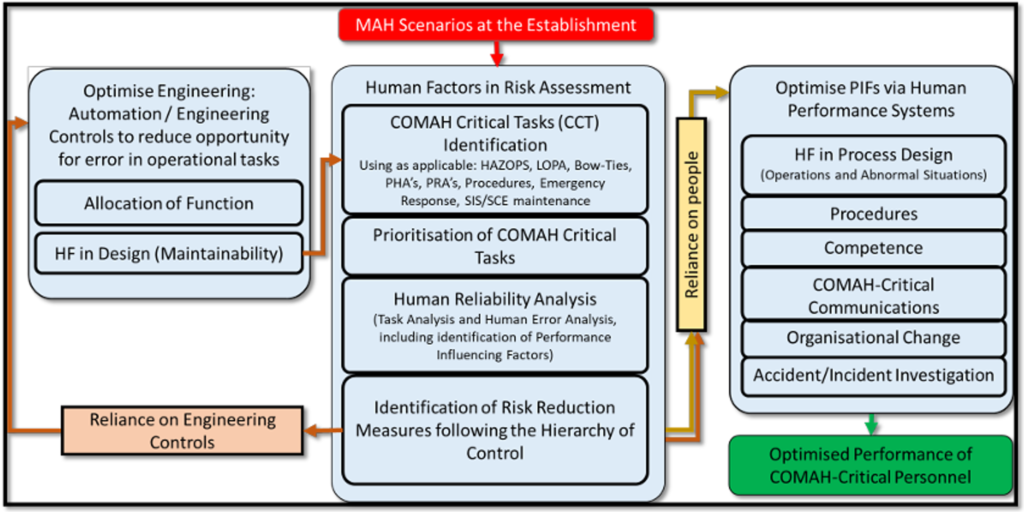
In this blog series, Lydea describes the steps of the HF Roadmap and how the SCTA process aligns with the roadmap.
Safety Critical Task Analysis (SCTA): A former Offshore Inspector’s perspective
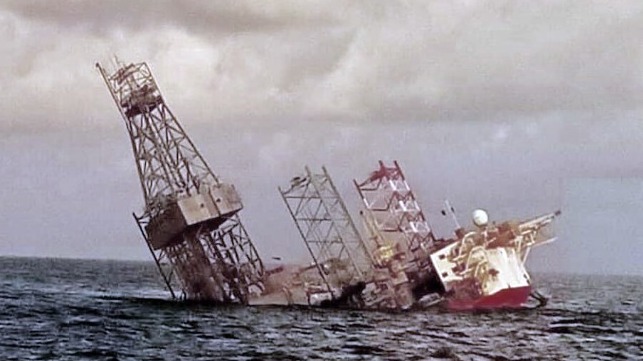
I’ve noticed several recent posts claiming that for companies in the UK Oil & Gas sectors “there is a regulatory requirement to carry out Safety Critical Task Analysis”.
This statement needs to be put into context.







